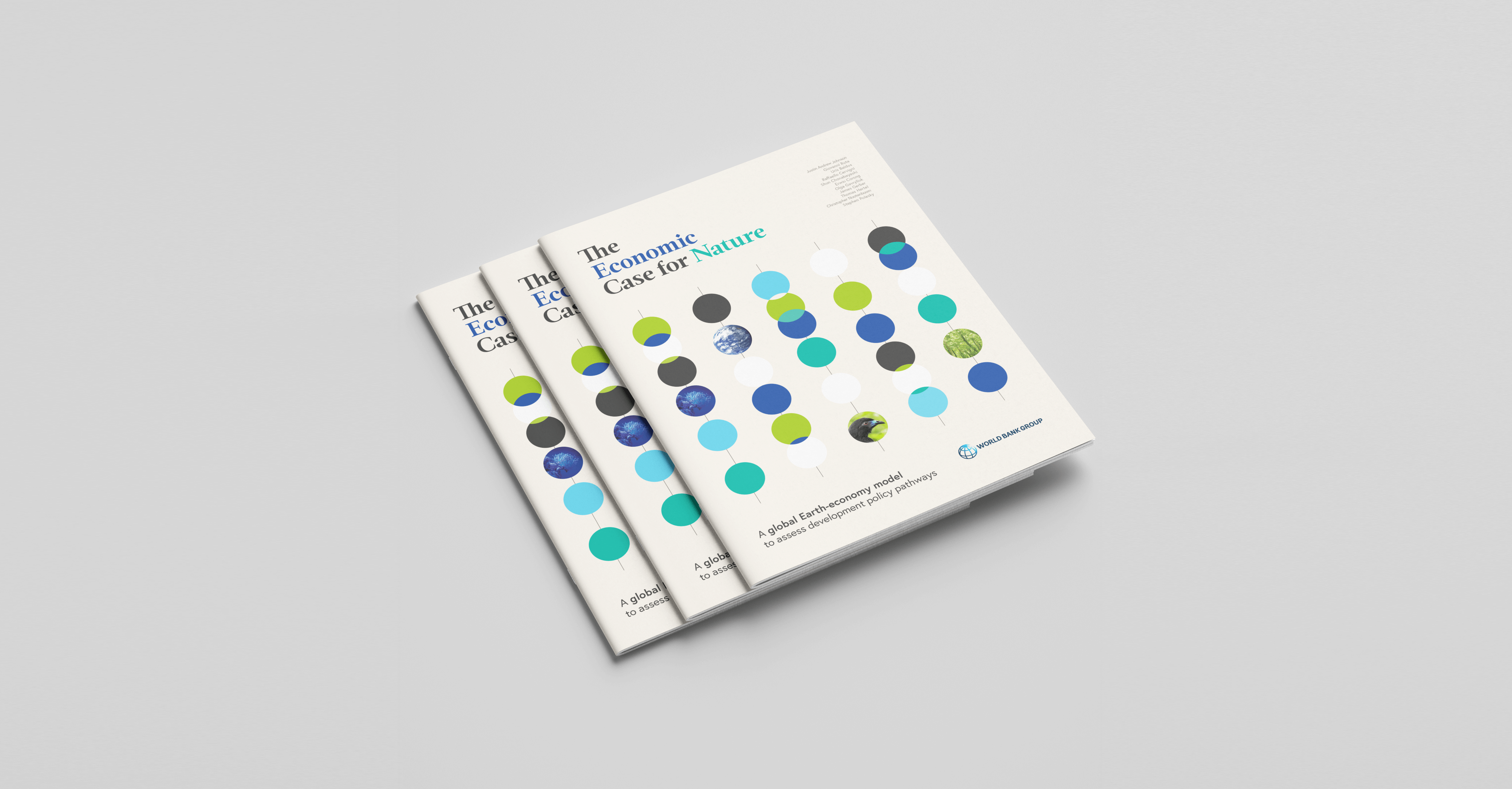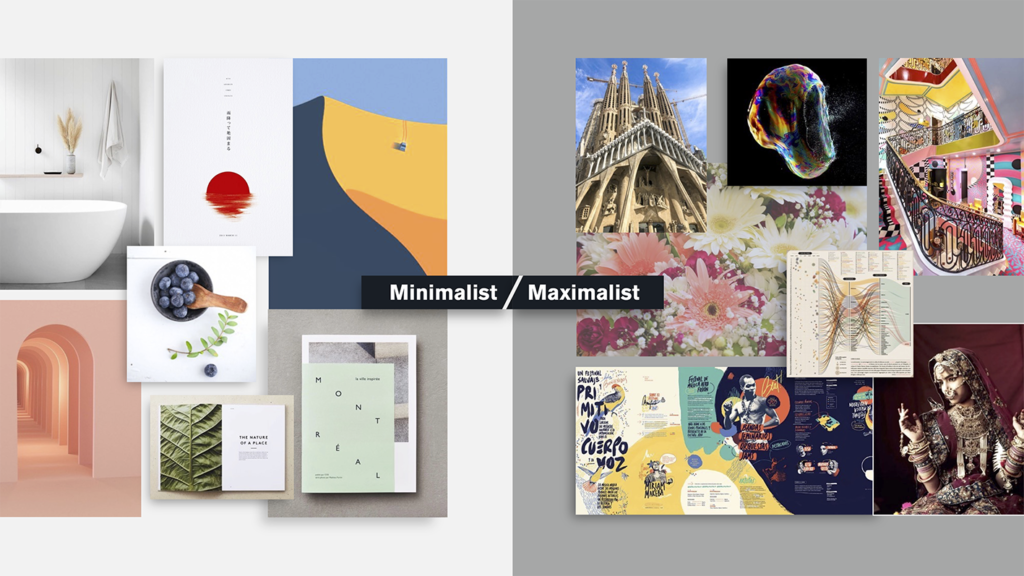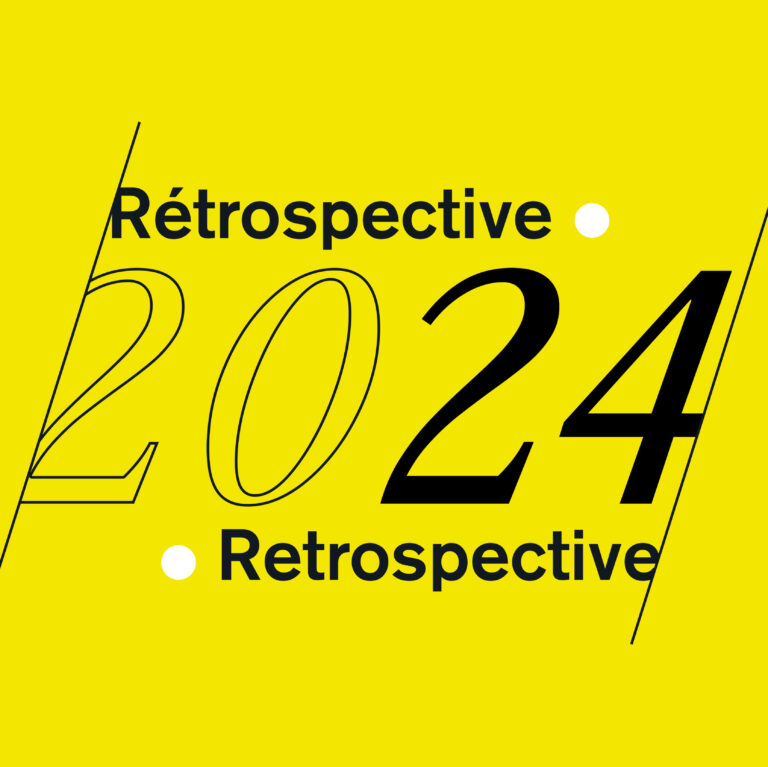
This article was originally published on Nightingale website. Read this article in French here or em portugues aqui.
Clients are an easy target to blame for our failings as designers. We like to think that it is their fault if our brilliant ideas never make it to production due to their lack of taste and vision. But getting a good design through a client is also an important skill for designers. We share the blame if we are unable to articulate our ideas convincingly. Here are a few ways that we use (or aspire to) at Voilà: to increase the chances that our clients accept our ideas.
Have good ideas
Start by getting good at your job. Design is both an art and a science. Get to know the science, and develop the art. If you want to blame clients for having random tastes, then you have to develop your own. Your ideas should also stand on their own and have a certain objective quality, regardless of their style.
Learn the words
Knowing the vocabulary of your trade and expressing yourself with precision are signs of professionalism that help build credibility. They show clients that you know what you are talking about, and make clients more likely to respect your expertise. This effort is especially important if, like me, you came to design from another discipline, something that is fairly common in information design.
Develop your style
The crowning achievement of a designer is to be sought after for their style. Think of a portraitist. If the client buys into your style before they even commission your work, it will be much easier to convince them to accept your proposal. But it is not easy to pick a style, stick to it, and find recognition for it.
Come at a moment of need
The client’s context will influence how open they are to external ideas. It will help if they are at a point where they are dissatisfied with their current situation and ready for a change. Their perception of you might be tainted by other recent experiences with designers, positive or negative. Pick up on those cues in your exchanges with them and adjust your proposal and interactions accordingly.
Clarify the expectations of the client
Design is also a matter of opinions. It is important to understand the perspective of your clients before you start designing. Opposite designs can be equally good, but they may not please the same audience. At Voilà:, we use mood boards where clients have to choose what they like. We also ask them for examples of projects that please them.

Pitch your concepts
Once your proposal is ready, organize a meeting with the client and come prepared with your pitch deck. Build your argument piece by piece and then reveal your design, in line with your vision. Use tone and pace to show expertise and confidence. To present a design proposal for a report, we may take 20 to 30 slides. Present everything before you take feedback. Tip: give a few seconds of silence to the client to take in your concept after you reveal it.
List your constraints
Every design job comes with constraints, thank God. Before developing your proposal, you should ask questions to clarify the client’s desired message, visual guidelines, themes to avoid, existing imagery, etc. When you present your concept, remind your client of these constraints before the great reveal. That reminder will help narrow the realm of possibilities, as well as suggestions that might take the project in a different direction. It also shares the responsibility of the creative decisions with the client.
Make it shine
The way you present your ideas matters. Show your designs like you would in a portfolio. Think of clothing displays in a fancy boutique, of art pieces in a museum, of meals in an upscale restaurant. For instance, we use mockups that bring the design to life and make them look polished, developed. These mockups also give a better idea of what a final product will look like for the end user.

Pick your battles
Your design may have key aspects that make it click, and they will be clear to you as a design professional. Stick to your guns on these, and let go of minor, less important, aspects. This will show flexibility and convince your client that you are not stubborn and thin-skinned, but knowledgeable and open-minded. Come to the pitch with the knowledge of what is important and what is not.
Accept (some of) your client’s feedback
The client may not always be right, but sometimes they may well be. Your first reaction to feedback may be defensive, given how thoughtful you have been with your proposal and how much time and energy you have put into it. But given some time to reflect on it, you may see the value in your client’s feedback. It may inspire you to do even better. If you cannot adjust on the spot, take time afterwards to consider how you can meet their requests and still deliver high quality work.
As designers, we are meant to take into account the experience of the audience. This should extend to our own interactions with clients, which should be designed in a way that best achieves their goals. Clients are an audience, after all.
Francis Gagnon is an information designer and the founder of Voilà: (2013), a data visualization agency specialized in sustainable development.

